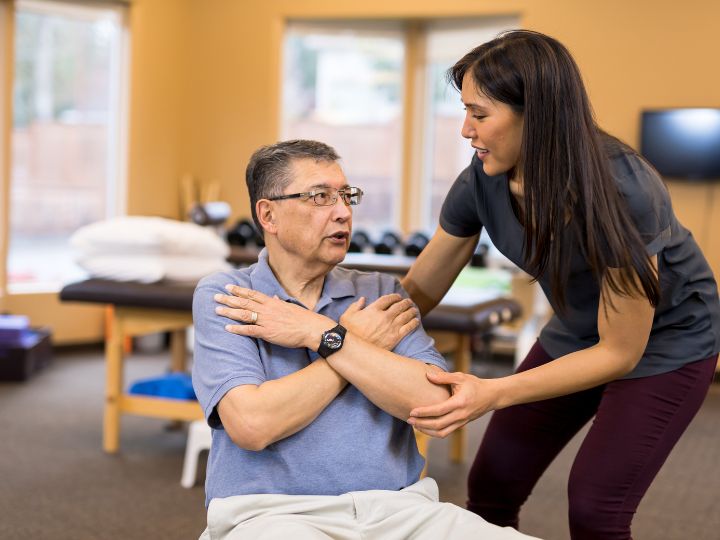When health challenges or aging affect daily activities, the familiar spaces of home can suddenly present unexpected obstacles. Doorways that once provided easy passage may seem too narrow for a wheelchair. Stairs that were once climbed without thought can become daunting barriers. Kitchen counters that served as preparation spaces may now be out of reach.
This is where occupational therapy shines, particularly when brought directly into your living environment. Home modifications guided by occupational therapy principles can transform a challenging living space into one that supports independence, safety, and quality of life.
Understanding Home Assessments
The journey toward an adapted home begins with a comprehensive assessment. Occupational therapists evaluate:- Your specific abilities, limitations, and goals
- The physical layout and features of your home
- How you interact with your environment during daily activities
- Potential safety hazards and accessibility challenges
- Anticipated changes in needs based on your health condition
Common Home Modifications
Occupational therapists recommend modifications that range from simple, low-cost solutions to more extensive renovations:Entryways and Doorways
- Ramps to replace steps
- Widened doorways for wheelchair access
- Lever-style door handles instead of knobs
- Threshold modifications to eliminate tripping hazards
Bathrooms
- Grab bars strategically placed near toilets and showers
- Roll-in showers with adjustable showerheads
- Raised toilet seats or accessible toilet fixtures
- Non-slip flooring to prevent falls
Kitchens
- Lowered countertops for seated access
- Pull-out shelving for easier reach
- Adaptive kitchen tools and reorganized storage
- Touch-activated or lever-style faucets
Living Areas
- Furniture arrangement for clear pathways
- Removal of trip hazards like loose rugs
- Improved lighting for better visibility
- Smart home technology for remote control of devices
The Collaborative Process
Effective home modifications involve collaboration between occupational therapists, clients, families, contractors, and sometimes architects. The occupational therapist serves as the bridge, ensuring that structural changes align with therapeutic goals and personal preferences. This process typically includes:- Initial assessment and recommendation development
- Discussion of options, priorities, and budget considerations
- Implementation planning and coordination with contractors
- Training in the use of new features and adaptive equipment
- Follow-up evaluations to assess effectiveness and make adjustments
Benefits Beyond Accessibility
While improved accessibility is the primary goal, well-designed home modifications offer numerous additional benefits:- Enhanced safety and reduced fall risk
- Increased energy conservation
- Greater privacy and dignity through independent self-care
- Reduced caregiver burden and stress
- Potential delay or prevention of facility-based care
- Improved mental health through maintained independence
Funding Considerations
Many people are surprised to learn that various funding sources may help cover the costs of home modifications:- Medicare (in limited circumstances)
- Medicaid Home and Community-Based Services waivers
- Veterans benefits
- State assistive technology programs
- Home modification tax deductions
- Non-profit organizations serving specific populations


